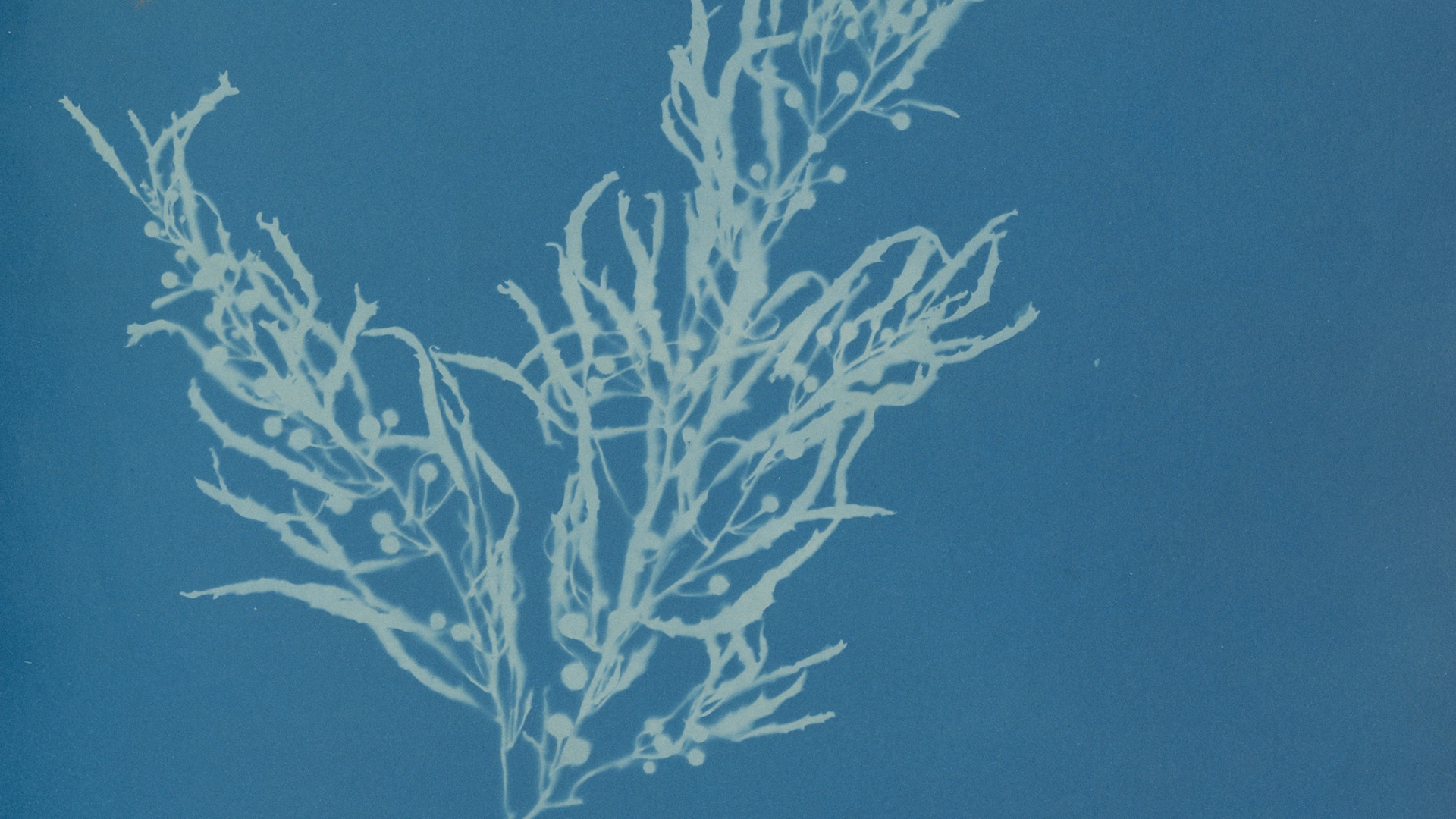Just as cultural institutions are reopening their doors, Blind explores museum collections and takes a closer look at some historical photographs. Today, we focus on a cyanotype by the British photographer Anna Atkins which is part of the collection of the Metropolitan Museum of Art in New York.

You’re getting blind.
Don’t miss the best of visual arts. Subscribe for $9 per month or $108 $90 per year.
Already suscribed ?



